Blog
-

A Brief History of Steel Pipe-
Steel pipes are long, hollow tubes that are used for a variety of purposes. They are produced by two distinct methods which result in either a welded or seamless pipe. In both methods, raw steel is first cast into a more workable starting form. It is then made into a pipe by stretching the steel out into a seamless tube or forcing the edges together and sealing them with a weld. The first methods for producing steel pipe were introduced in the early 1800s, and they have steadily evolved into the modern processes we use today. Each year, millions of tons of steel pipe are produced. Its versatility makes it the most often used product produced by the steel industry. Steel pipes are found in a variety of places. Since they are strong, they are used underground for transporting water and gas throughout cities and towns. They are also employed in construction to protect electrical wires. While steel pipes are strong, they can also be lightweight. This makes them perfect for use in bicycle frame manufacture. Other places they find utility is in automobiles, refrigeration units, heating and plumbing systems, flagpoles, street lamps, and medicine to name a few. People have used pipes for thousands of years. Perhaps the first use was by ancient agriculturalists that diverted water from streams and rivers into their fields. Archeological evidence suggests that the Chinese used reed pipe for transporting water to desired locations as early as 2000 B.C. (Francis, 2009)Development of the modern day welded steel pipe can be traced back to the early 1800s.Read more -
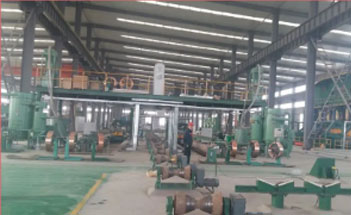
The Production Process of High Quality Stainless Steel Tube- Welded Steel Pipe
Floating/Drawing process of pulling a metal bar, rod, or wire through the whole of a die to alter its finish, shape, size, and/or mechanical properties. The tube drawing technique reduces the outer diameter, inner diameter, and wall thickness of the tube. The integrity of the surface of the tube is maintained, ideal for stainless steel tubes.Read more -
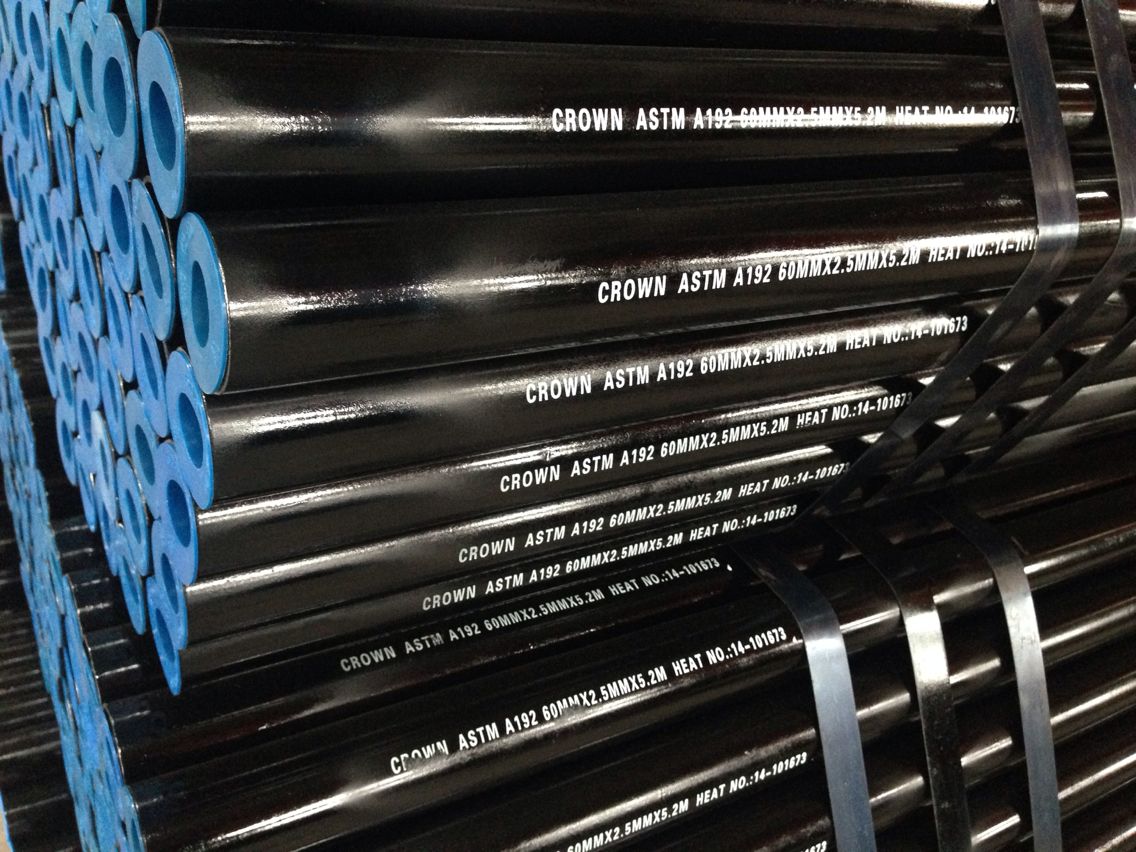
Bending steel and stainless steel tubes and pipes-Stainless steel pipe
The commonest manufacturing process used for steel and stainless steel tubes uses coils. Coils are rolls of steel cut from a slab that has been manufactured from cast steel. During the first phase of steel tube production, the coils are cut lengthways to form wide skelps matching the diameter of the steel tube that needs to be manufactured.These skelps then pass through a series of rolls. The final step is to weld the tube together along its long edge.This process can be used to manufacture round, square or rectangular tube sections. With the help of matrices, various types of steel sections can be manufactured from a wide range of basic geometric shapes.Read more -
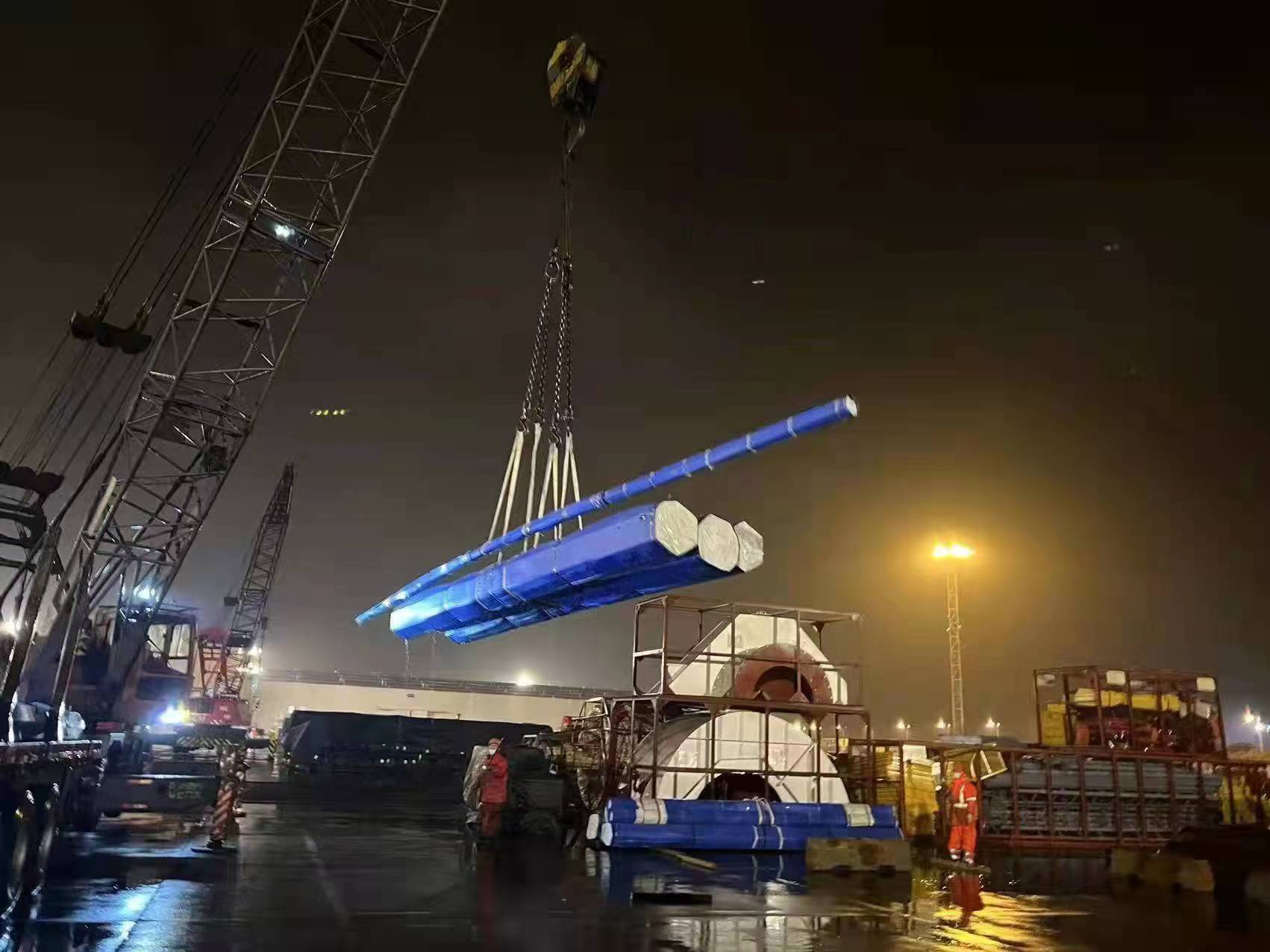
WHAT'S THE DIFFERENCE BETWEEN STEEL PIPES AND STEEL TUBES?-ERW Steel Pipe
Steel pipe has been produced in the US since the early 1800s. Pipe is a hollow section with a round cross-section, primarily made for the transportation of products including fluids, gas, pellets, powders, and more. But steel pipes are used in a variety of ways. They are used underground for transporting water and gas throughout cities and towns. They are also specified in construction to protect electrical wires. Steel pipes can be strong, but lightweight. This makes them great for bicycle frames. They are also used in the making of parts for automobiles, refrigeration units, heating and plumbing systems, flagpoles and street lamps, just to name a few.Read more -
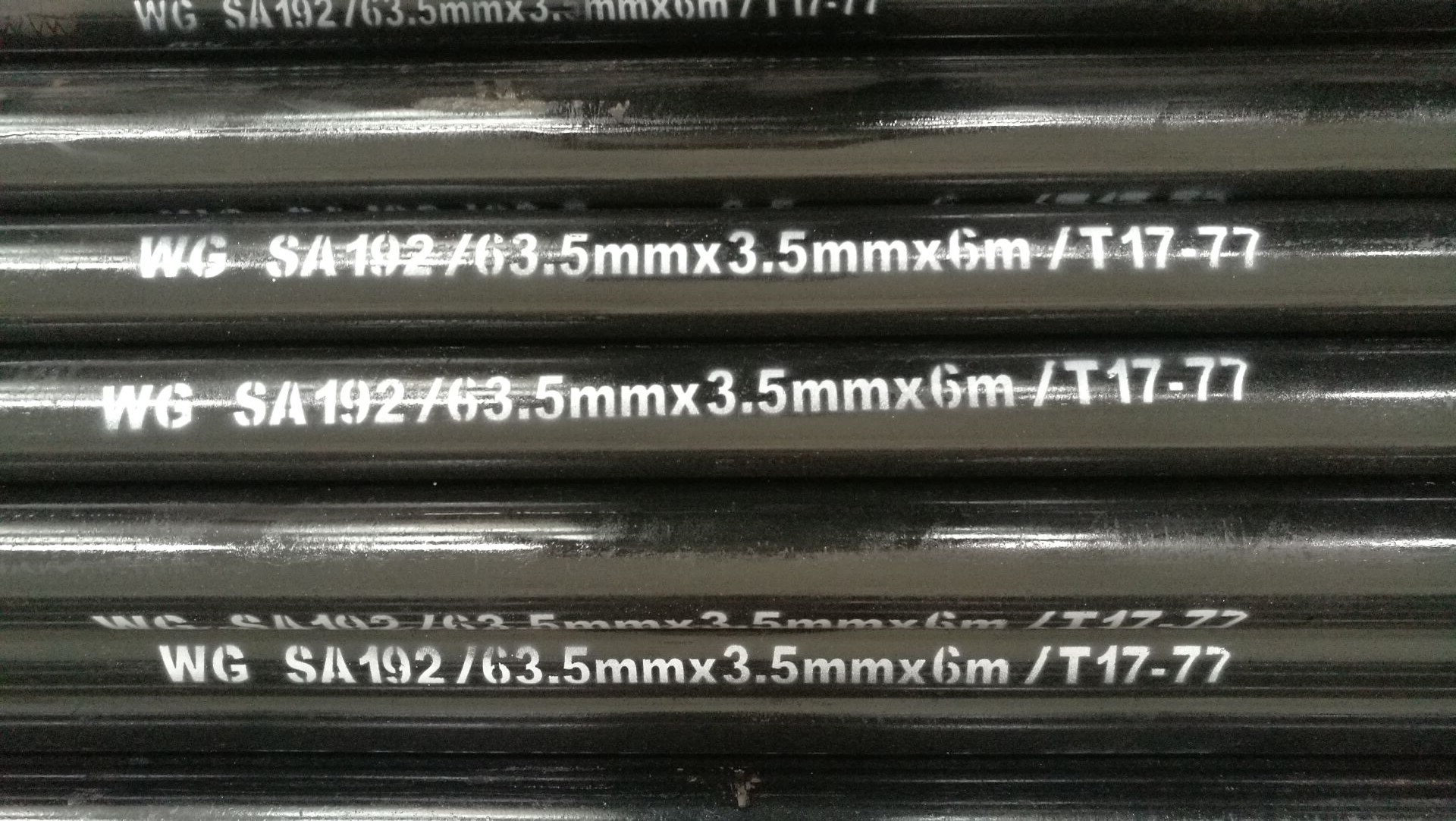
Welded Stainless Steel Tubing-Welded Steel Pipe
The many unique values provided by stainless steel make it a powerful candidate in materials selection. Corrosion resistance, hygiene and strength of stainless steel make it an ideal choice in the Medical, Aerospace and Industrial industries. To learn more about these benefits see here. The two major categories for tubing and pipe are seamless and welded. The major difference being the seam that is on a welded tube and not on a seamless tube just as the names indicate. Seamless pipe has the increased ability to withstand pressure; because there is no weld seam it is equally strong around the entire circumference. On welded tubing the weld seam is not recognized by the naked eye and takes on the appearance of seamless. Welded tubes have excellent concentricity, are more readily available and cost effective for most applications.Read more -
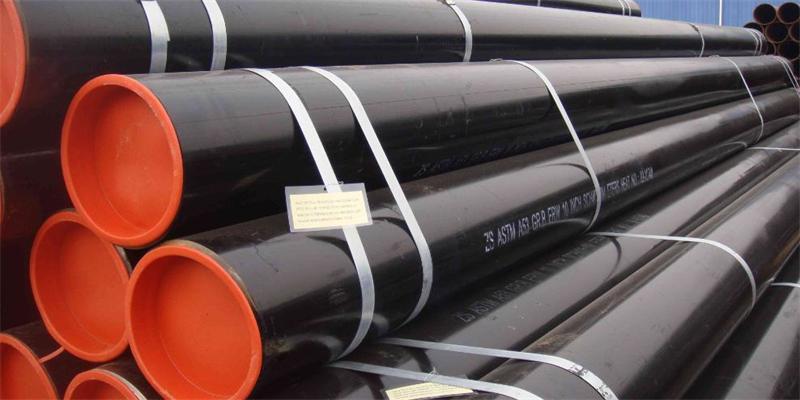
Stainless Steel Tubing: Welded Vs. Seamless-Stainless steel pipe
Welded tubing is produced by rolling strips of stainless steel into a tube and then welding along its full length. After welding, the weld seam, or bead, can be refined by cold rolling and forging methods or left as is.Cold forming results in smoother finishes and tighter tolerances. Welded tubing can even be drawn like seamless tubing to offer a better weld seam, and surface finish. Welded tubing can also be produced with thinner walls on larger diameter tubes, compared to seamless tubing. Because welded tubing requires less processing, it is typically quicker to produce as well as lower in cost than seamless tubing.The down side of welded tubing comes in the form of high pressure and heavy wall applications. The long welded seam causes a stress concentration point, reducing pressure ratings to 80% of comparable seamless tubing. Also, the stainless material used to create welded tubing must be thin enough to roll effectively. Therefore, heavy wall tubing is less feasible as welded tubing.Read more -
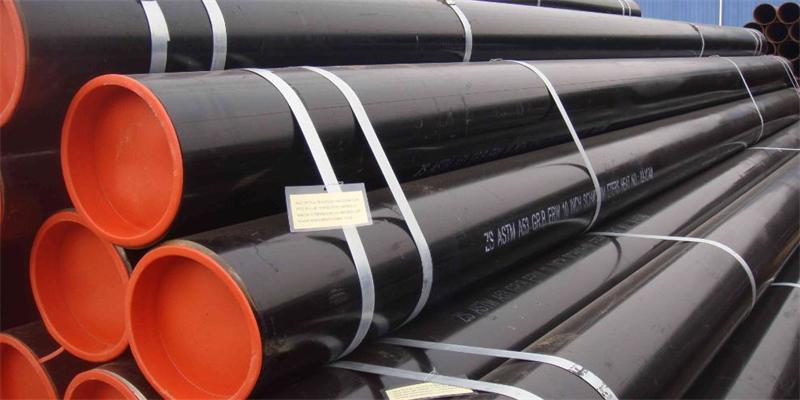
Seamless pipes: their manufacturing process-Stainless steel pipe
Innovations in the metal sector do not lie solely in the creation of new alloys or in the improvement of the machines used to create them. There are also improvements in existing parts, small details that make a part more practical for a specific function, as in the case of seamless tube manufacturing.If you want to know their history, how they are manufactured and when you should use this type of tube instead of another, keep reading, because we are going to cover these and other topics in today’s post. It is our small tribute to the small big changes.Read more -
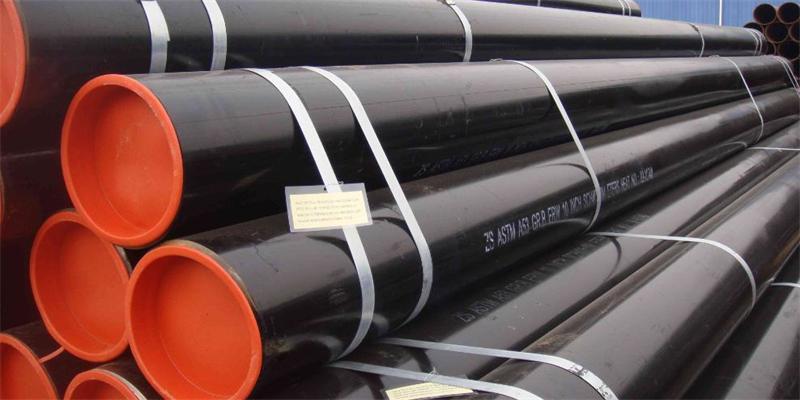
How is stainless steel pipe made?-Carbon Steel Pipes
Raw Material: The process begins with the selection of appropriate raw materials, which are typically steel billets or steel coils. These materials should have the necessary chemical composition and physical properties suitable for the intended application.Tube Formation: There are several methods used to form steel tubing, including: a. Seamless Tube Manufacturing:i. Piercing: A steel billet is heated and pierced by a piercing mill to create a hollow tube called a shell.ii. Rotary Sizing: The shell is further elongated and shaped to the desired diameter and thickness using a rotary sizing mill.iii. Finishing: The tube may undergo additional processes, such as straightening, heat treatment, and surface finishing, to meet specific requirements.Read more -
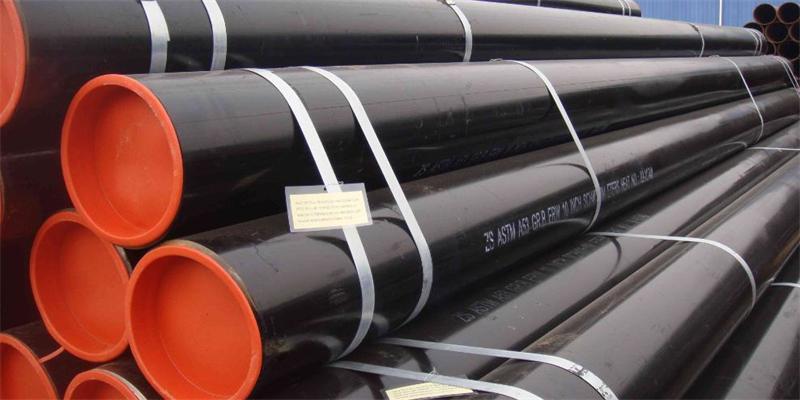
Breaking Down Common Steel Tube Processes and Finishes- Welded Steel Pipe
Abbreviated ERW, this is a format that signals a specific welding process – actually two processes, spot and seam welding. This process involves several specific steps where the steel is unwound and trimmed, then passed through rollers to cold-form the steel into the proper shape (circular, square or rectangular).From here, the edges are forced together into a butt joint, then welded at a very high temperature to form a flash weld. Once the weld is tested, the tube passes through various sizing rolls to achieve the proper size, and then the length is cut. The materials used here will generally be available in both hot-rolled and cold-rolled formats.Read more